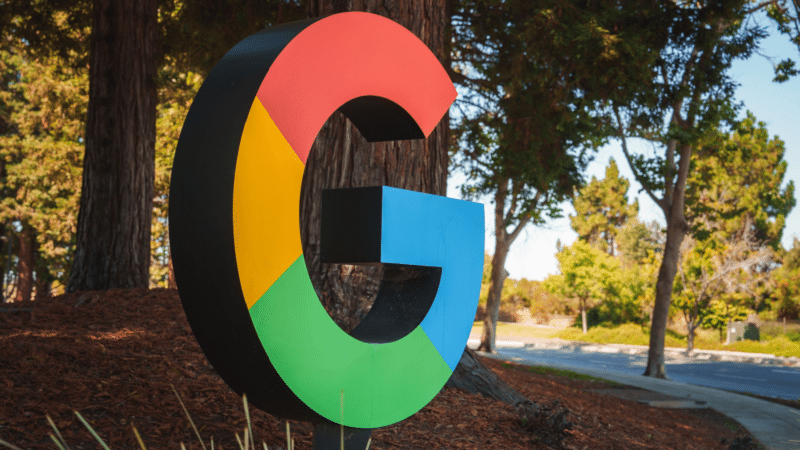
Marketers barely had a chance to process the product releases from Google Marketing Live (GML) in May before the Google algorithm leak took over the airwaves. But here in paid media land, I’ve been chewing on what we learned on the advertising front.
Like other GMLs in recent years, this one was short on B2B-focused updates and pointed toward more Google control and less for advertisers. The news wasn’t all bad, but it definitely left me wanting more.
In this article, I’ll break down:
- What I wish we’d heard from Google at GML.
- An update I’m actually excited to test – with a qualifier.
- A good audience update.
- An intriguing new bidding option.
What I wish we’d heard from Google at GML
More match type control
The part of GML that sticks in my mind the most as representative of the shift from the old Google Search (where advertisers had control) to the new Google Search (where Google is insisting we just trust them and their mystery algorithms) was Google’s approach to longer-tail searches – a.k.a. “Exactly what I want” searches.
Per Google, the volume of those searches (which tally five or more words) is growing.
You would think that fulfilling “Exactly what I want” would be better suited for advertisers who live and breathe their products and the way they serve their users.
In other words, that nomenclature pointed fairly clearly to a need for exact-match control and for simply serving those keywords instead of tagging them for low search volume.
Google went the other way: they made the case for using Performance Max and broad match, which is not a promising solution for helping advertisers serve users “exactly what they want.”
For advertisers, that setup presents another challenge. Historically, ad placements have depended on ad rank (influenced by Quality Score) and bidding.
However, the emphasis on broad match for long-tail keywords is leading to poor QS and with Google keeping control, we have no way to test and find more relevance.
That means part of the ad placement formula is compromised and the only recourse we have to place higher is bidding higher, which is bad for us and good for Google’s revenue.
Overall, B2B advertisers need to be able to use exact match without super-high costs to build effective campaigns because Google simply isn’t good at understanding the intent of B2B searches. When they’re super-loose with matching, it’s usually wrong.
Dig deeper: What Google’s query matching update means for future PPC campaigns
More ways to train the algorithm for B2B
I did not expect this to happen at GML 2024, but it would be extremely helpful to be able to feed negative signals to the algorithm for B2B campaigns at some point.
If we could tell the algo, for instance, that leads had insufficient budget or were from companies too small to qualify, we could potentially fine-tune lead quality.
We can do this to an extent using offline conversion tracking and Enhanced Conversions, but the ability to feed negative signals would be a great complement.
A GML update I’m excited to test – with a qualifier
AI was the dominant theme of GML, and there were a few cool-sounding AI features. I’m most excited about the ability to use AI to produce videos.
In Product Studio, you can upload an image and get AI-generated videos to test. These can be good fuel for demand generation campaigns, particularly for companies without the resources to create video content on their own.
That said, the ability to produce more creative would be more powerful if we also had the ability to understand which creative and messaging moves the needle. At this point, Google’s not providing the reporting nuance to surface those insights.
Most people I know understand that humans have creative capabilities that AI doesn’t, but it’s hard to prove that without data showing how a human-conceived ad stacks up against something Google’s AI spits out. And it’s also impossible to iterate on winning themes if you’re not sure what’s winning.
One last note: I wish Google would focus on providing more resources to help folks learn how to use those tools. The way things are going with past and rumored layoffs, though, I’m guessing any resources coming our way will be self-serve.
Dig deeper: Generative AI’s role in shaping the future of advertising
Achievable lookalike audience size requirements
One of the most positive B2B updates, full stop, was Google lowering seed list requirements from 1,000 to 100.
Especially for B2B, where data density can be a challenge, this update lets more companies in earlier growth stages test the lookalike functionality – which is potentially a significant boost for getting pipeline traction.
A smarter bidding option?
Google’s “optimize for profit” setting is especially intriguing for companies looking to shore up their bottom line (which is pretty much everyone these days).
Google would be smart to expect a little resistance from advertisers trusting them with business data (given all the poor PR Google’s earned lately), but I think people should be open to testing it.
Since you can switch between ROAS and profit, advertisers should be able to adjust as business goals shift; for agencies, it’s a matter of making sure you’re aligned with the client’s top priorities.
In short, I’m intrigued – and will be looking to test this for relevant clients.
Google Marketing Live: New tools, missed opportunities
I’m guessing May 2024 will be seen, in retrospect, as a bit of a watershed month for Google, given the release of AI Overviews and the algorithm leak.
Those two topics and the specter of the antitrust trial decision are definitely weightier than any product releases on the advertising front.
On the B2B acquisition side, we’re still hoping to get some bones thrown our way, but it’s starting to feel a little futile to hold our breath.
source https://searchengineland.com/b2b-releases-wish-google-marketing-live-444091

0 Comments